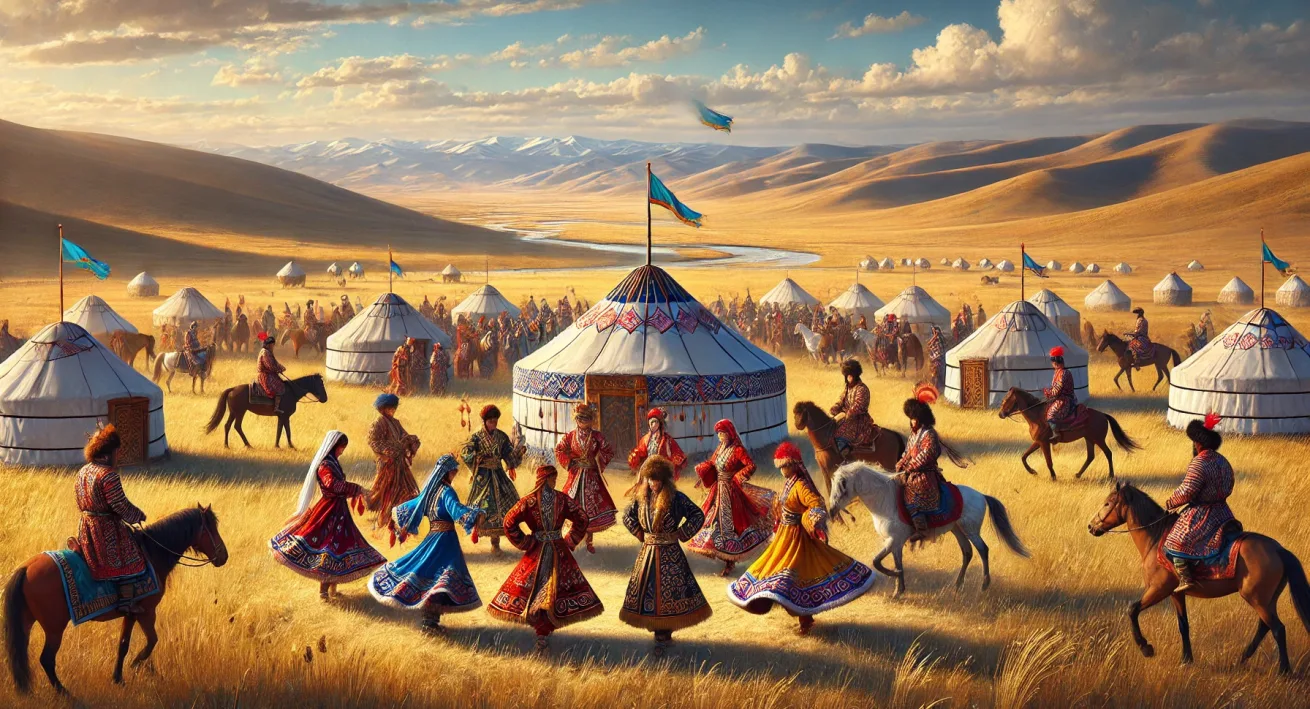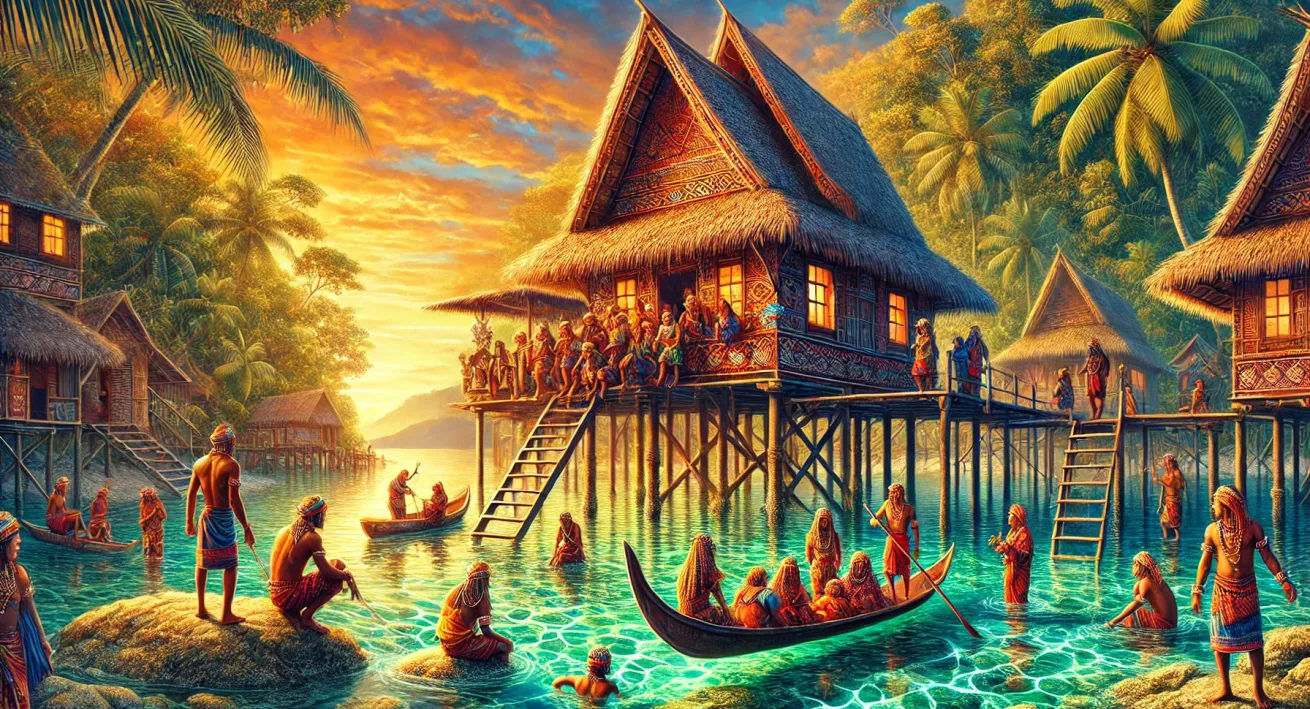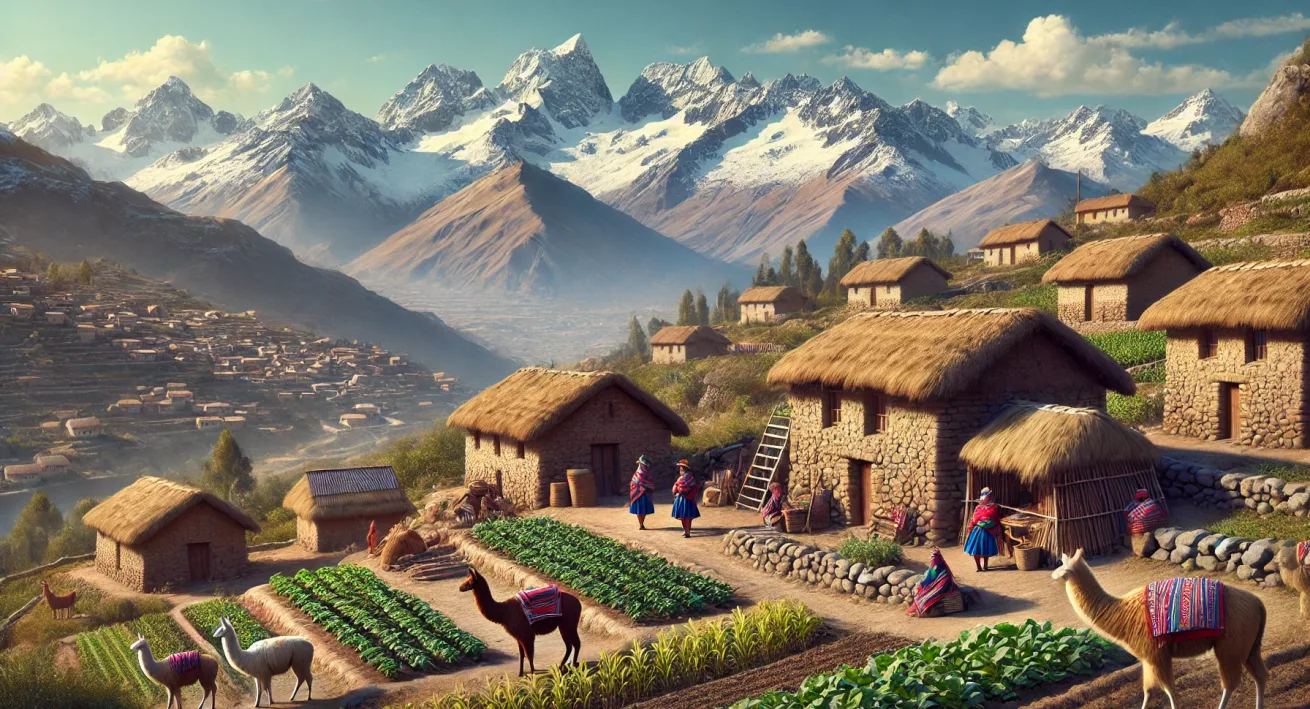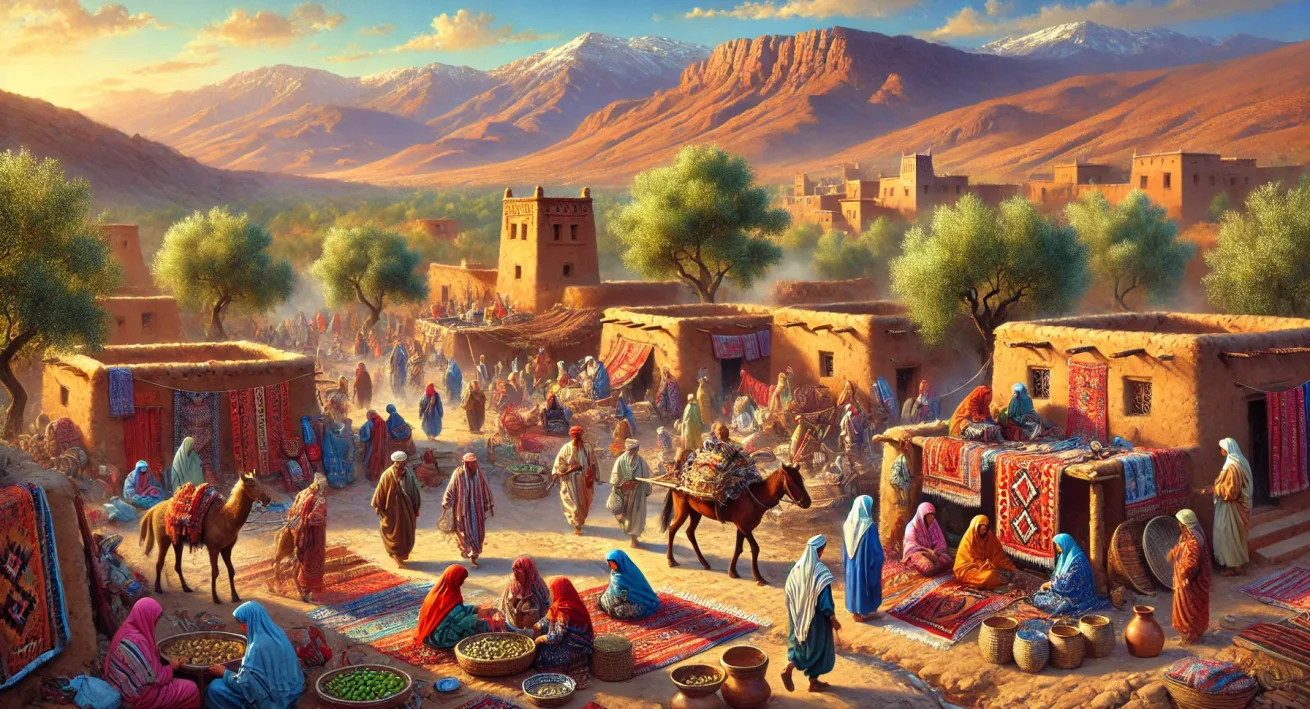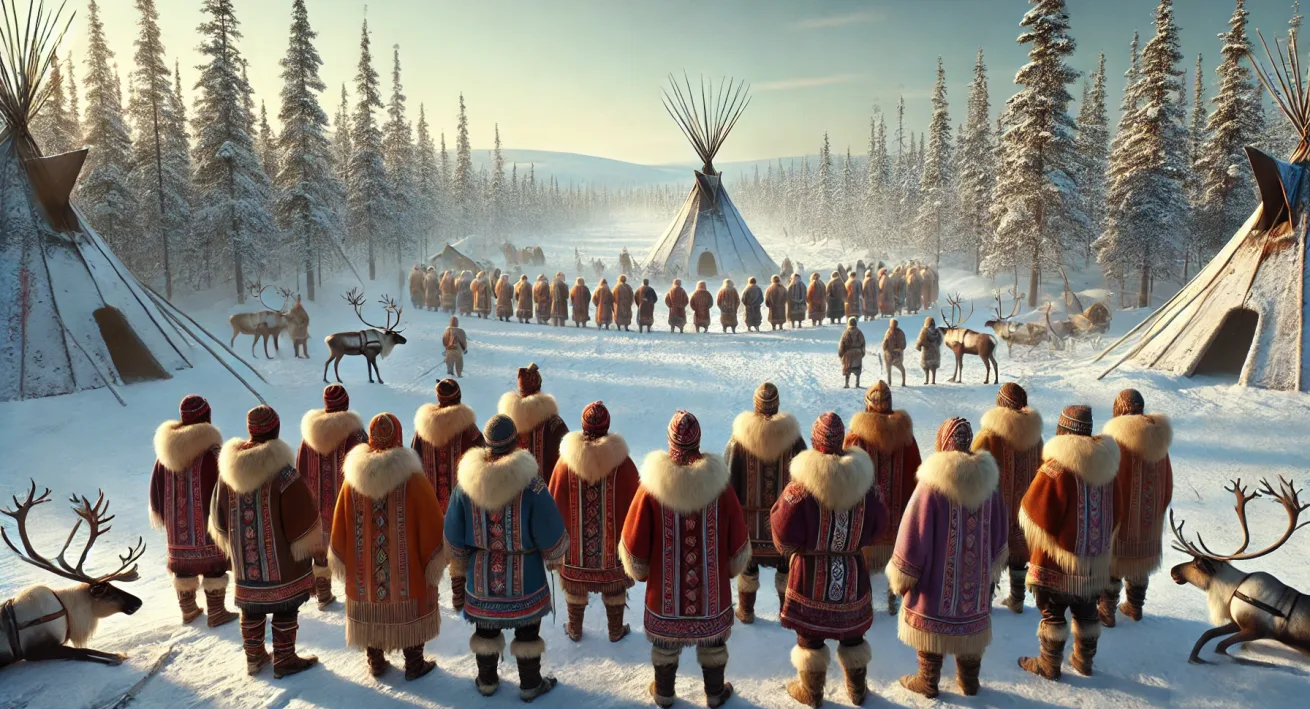The Kazakhs, a proud and resilient people, have carved out a unique place in the tapestry of Central Asia. With a history stretching back to the ancient nomadic tribes of the steppes, the Kazakhs have preserved their traditions and culture through centuries of change. Today, their vibrant heritage is a testament to their adaptability and deep connection to the land they call home. From their nomadic roots to their rich tapestry of customs, the Kazakhs offer a fascinating glimpse into a world where history and modernity blend seamlessly.
